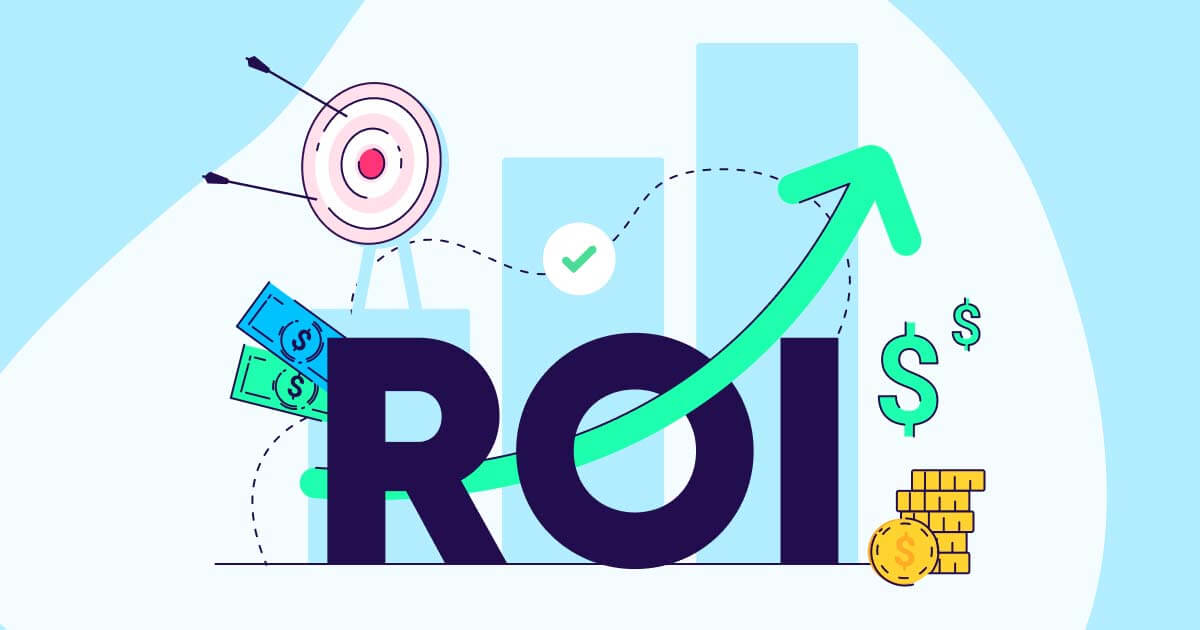How to Measure the ROI of Account-Based Marketing Campaigns?
Account-Based Marketing (ABM) is rapidly emerging as one of the most effective B2B marketing strategies in today’s competitive landscape. Rather than casting a wide net, ABM focuses on targeting specific high-value accounts with personalized campaigns designed to engage decision-makers and drive meaningful conversions. Businesses working with an experienced account based marketing agency gain the advantage of precision targeting, tailored messaging, and strategic execution. However, to truly understand the effectiveness of an ABM strategy, it’s essential to measure one critical factor—Return on Investment (ROI).
What is ROI in Account-Based Marketing?
Return on Investment (ROI) is a measurement that tells you how much profit you made from a marketing campaign compared to what you spent. In ABM, ROI goes beyond general metrics like impressions or reach—it looks at engagement quality, account conversions, deal velocity, and revenue impact from specific target accounts.
Measuring ABM ROI is more complex than traditional marketing, but it’s also far more insightful when done right.
Step 1: Set Clear Objectives and KPIs
Before launching an ABM campaign, define what success looks like. These goals must align with sales and marketing teams. Common KPIs for ABM campaigns include:
- Engagement Rate per target account (email opens, site visits, ad clicks)
- Account Penetration (how many contacts you’ve engaged within an account)
- Pipeline Growth (new opportunities created)
- Conversion Rate (number of targeted accounts turning into paying customers)
- Deal Size and Velocity (value and speed of closed deals)
As a dedicated account based marketing agency, eBranding Studio works with clients to set the right mix of KPIs for each campaign phase—awareness, engagement, consideration, and conversion.
Step 2: Align Sales and Marketing Data
ABM is not just a marketing initiative—it’s a joint effort between sales and marketing. For accurate ROI tracking, it’s essential to unify CRM and marketing automation platforms. This allows you to monitor how targeted accounts are moving through the funnel.
Helps clients integrate data from platforms like:
- HubSpot
- Salesforce
- LinkedIn Ads
- Google Analytics
- Email and content engagement tools
This centralized view ensures that every interaction—from the first ad click to final sale—is tracked and attributed correctly.
Step 3: Measure Account Engagement
Not all traffic is equal. In ABM, you want to know how engaged your target accounts are. Useful metrics include:
- Time spent on key pages
- Frequency of visits
- Interactions with gated content
- Responses to personalized outreach
- Social media engagement
Step 4: Track Pipeline and Revenue Impact
The ultimate ROI indicator in ABM is pipeline contribution and revenue generated from your target accounts. Here’s how to track it:
- Compare new deals from target accounts vs. non-target accounts
- Measure the average deal size and time to close
- Attribute revenue to specific campaign touchpoints (email, ad, webinar, etc.)
With the help of attribution modeling and revenue analytics, eBranding Studio ensures businesses get a clear picture of how their ABM campaigns are directly impacting revenue.
Step 5: Evaluate Cost Per Acquisition (CPA)
Another critical ROI component is understanding how much it costs to acquire a customer through ABM. This includes:
- Ad spend
- Content creation costs
- Marketing tools and platform subscriptions
- Team effort and resources
By comparing total costs with the revenue gained from converted accounts, you get a real-world understanding of campaign profitability.
Step 6: Conduct Post-Campaign Analysis
Once the campaign concludes, it’s important to conduct a comprehensive ROI review. This analysis should answer:
- Which accounts performed best and why?
- Which channels delivered the highest engagement or conversions?
- Were there accounts that required too much effort with low return?
- What can be optimized for future campaigns?
Conclusion:
Measuring the ROI of Account-Based Marketing campaigns may be more nuanced than traditional methods, but it's far more effective when done correctly. From account selection to personalized messaging and sales alignment, every element of ABM plays a role in driving meaningful results.
eBranding Studio simplifies this complexity through AI-driven tracking, expert strategy, and transparent reporting. As a trusted account based marketing agency, eBranding Studio empowers businesses to not only connect with high-value accounts but also understand exactly how their efforts translate into real, measurable revenue.





Comments